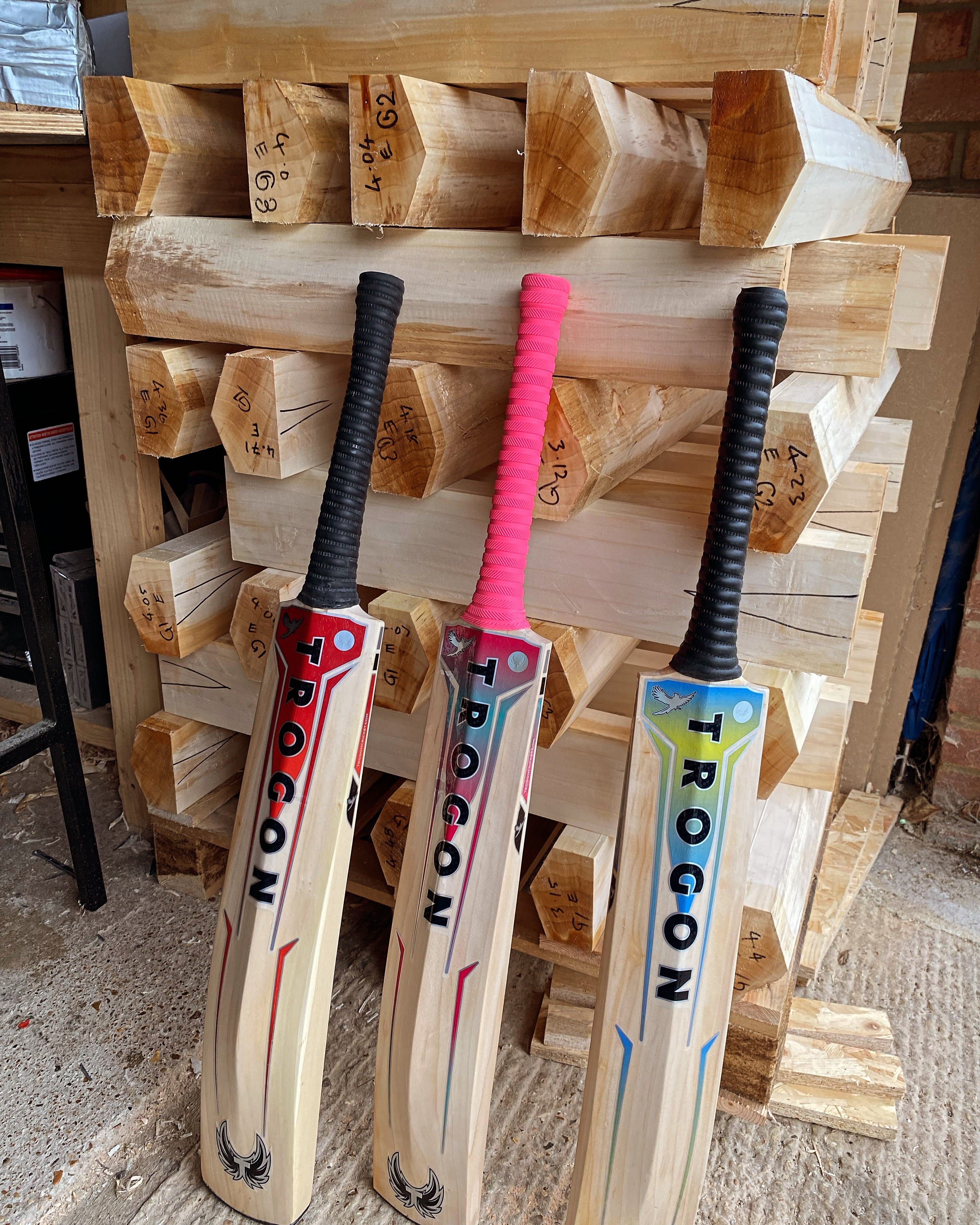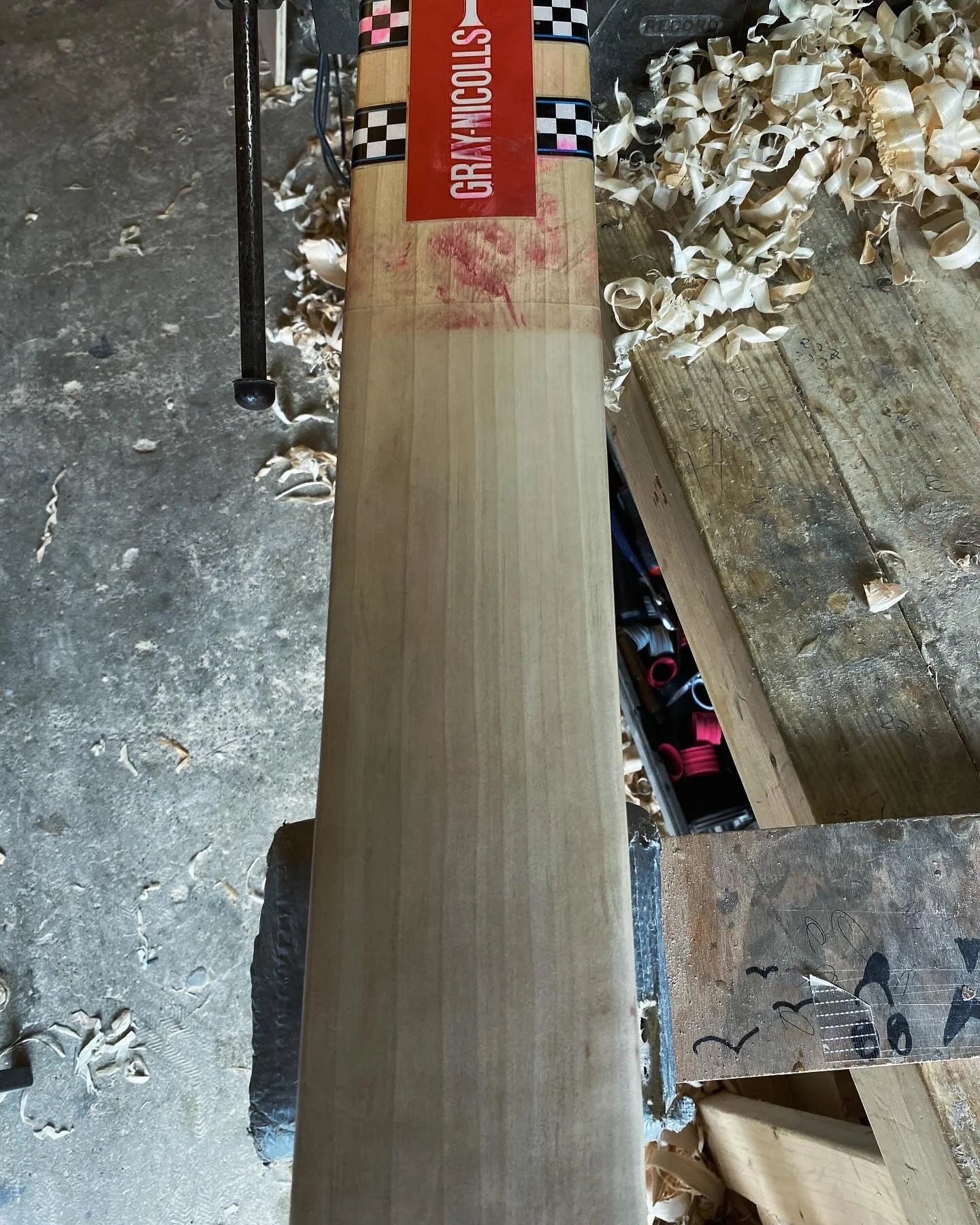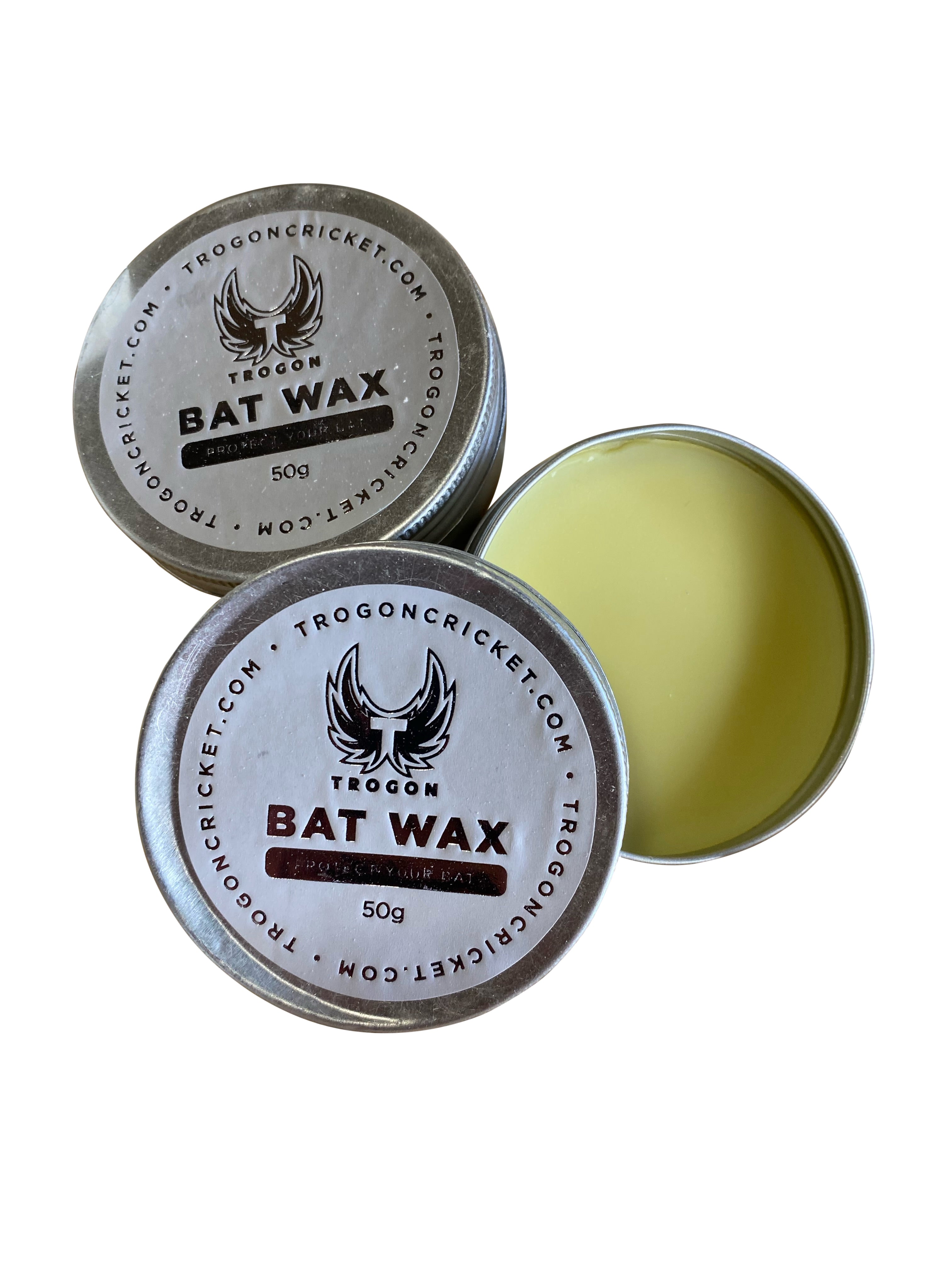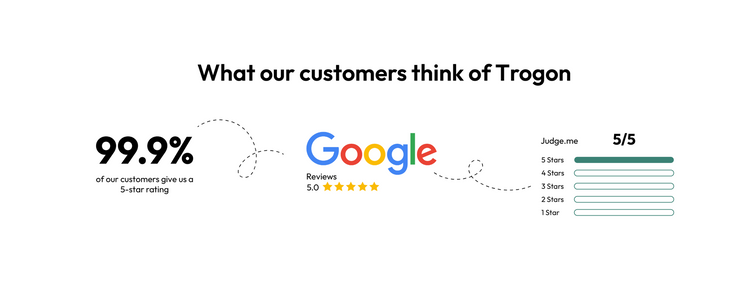Amongst various types of bats available, Grade 1 Cricket Bats stand out as the pinnacle of quality and performance and is a must have for any batter.
But what is a grade 1 English willow cricket bat?
A Grade 1 cricket bat, crafted from top-quality English Willow, it is distinguished by its straight grains (6-10), lightweight, and superior performance. Ideal for club-to-professional players, it offers excellent balance, power, and durability. These bats are highly sought after for their consistent playability and customization options.
In this blog, we'll delve into what makes a Grade 1 Cricket Bat special, from the grains to performance, and why they are so coveted, so let's get cracking (pardon the pun).
The Superiority of English Willow Grade 1
English Willow Grade 1 is the highest quality willow used for cricket bats.
It's renowned for its lightweight and robust nature. The willow is carefully selected for its straight grains and unblemished appearance.
Typically, a G1 Cricket Bat will have a minimum of 6 to 10 straight grains, indicating the maturity and quality of the wood.
These grains are not just an aesthetic feature; they play a crucial role in the performance of the bat.
The straighter and more numerous the grains, the better the bat is likely to perform in terms ping and balance, however the number of grains is debated, the great Sachin Tendulka recently revealed he likes 5-6 grains my personal view is the number of grains shouldn't really be seen as a performance indicator, you should check the weight, pick up and ping.
Grains and Performance
The correlation between the number of grains on a Grade 1 Cricket Bat and its performance is not as straightforward as one might assume.
While a common perception is that more grains indicate a bat made from older, more mature wood, leading to better performance, this isn't always the case.
A bat with as few as six grains (as mentioned above with Sachin) can perform equally well, if not better, than one with ten grains.
The secret to a bat's exceptional performance lies not in the grain count but in the meticulous pressing process of the cleft.
The pressing of the cleft is an art form, tailored to draw out the best performance from each piece of wood used to craft the bat.

The above image shows me pressing the raw cleft, this is the first press before the shaping takes place.
This process involves carefully compressing the wood to enhance its strength and resilience, thereby determining the bat's final performance, ping and rebound.
It's this individual attention to each cleft's pressing that truly makes a Grade 1 Cricket Bat stand out, ensuring that regardless of grain count, each bat can deliver top-tier performance.
Although its worth noting all bats made my myself are pressed individually, each cleft, no matter the grade is a unique piece of wood that has individual characteristics and performance, so each needs careful attention when pressing.
Weight and Pick-Up
The weight and pick-up of a G1 Cricket Bat are crucial for a batter’s comfort and performance.
These bats are often lighter, with weights ranging from 2.7 to 3.1 pounds, making them manageable for many players. The pick-up, or how the bat feels when played, is equally vital.
A well-balanced Grade 1 Cricket Bat feels lighter than it is, allowing for quick and controlled stroke play all around the crease.
The Ideal Choice for Club Cricketers
For most club cricketers, a Grade 1 Cricket Bat is the perfect choice. These bats offer a fantastic blend of performance, durability, and feel.
The quality of English Willow Grade 1 ensures that the bat performs consistently over time, making it a reliable choice for players at all levels.
The balance between a lightweight design and powerful stroke play makes these bats ideal for various playing styles, from aggressive hitters to technical players.
Customisation and Personalization
A key aspect of G1 bats is the ability for customisation and personalisation. Every player has their unique style and preference, and having a bat tailored to their specific needs can significantly enhance their performance.
Factors like the bat's weight, balance, pick up, handle type (round, oval or semi-oval which is our standard bat handle), and middle position (low middle, high middle or middle-middle) can be customized to suit individual batters - I written extensively about the benefits of custom made cricket bats.
Trogon Cricket – Handmade Cricket Bats
At Trogon Cricket, we understand the importance of a perfect cricket bat for every player. We specialize in hand-making cricket bats that cater to all shapes, sizes, weights, and personal batting styles.
Our expert craftsmanship ensures that each bat is not only a piece of art but also a top-performing sporting tool.
A Wide Selection of Grade 1 Clefts
We have an extensive selection of Grade 1 Clefts available for customization. These clefts are the finest English Willow Grade 1, selected for their superior quality and performance characteristics.
Affordable Cricket Bats
One of the misconceptions about Grade 1 Cricket Bats is that they are always prohibitively expensive.
At Trogon Cricket, we aim to break this myth by offering a range of Grade 1 Cricket Bats at various price points to meet all budget requirements.
Whether you are a budding club cricketer or a seasoned professional, we have a Grade 1 Cricket Bat that fits your needs and budget.
At Trogon we also offer cricket bats in alternative cheaper willows, which are perfect for 2nd bats, replica bats, net bats and junior cricket bats. You can find these alternative cheaper willows in our Dutch hybrid section and our Kashmir willow section, where we stock pre-made workshop bats.
Conclusion
In conclusion, Grade 1 Cricket Bats represent the pinnacle of cricket bat craftsmanship. From the quality of the English Willow Grade 1 to the precision in balancing weight and pick-up, these bats are designed for optimum performance.
At Trogon Cricket, we pride ourselves on providing hand-made, fully customisable cricket bats for batters of all shapes, sizes, and styles. Our wide selection of Grade 1 Clefts and our commitment to affordability ensure that every cricketer has access to the best without breaking the bank.
Buying With Confidence from Trogon
If you've reached this point, I sincerely thank you for reading it all through. Your interest and support mean the world to me, and it's greatly appreciated.
Whether you're here to learn more about our cricket bats or other products or just out of curiosity, your engagement makes a real difference. Thank you for being part of our Trogon journey.

Trogon Product Guarantee
6-month guarantee on all cricket bats. That means if you purchase a bat through us and it breaks, as long as it has been knocked in properly, we will replace it like for like. This is our commitment to you on top of your statutory protections when buying products online.
Click on the below link and see our beautiful collection of Grade 1 Cricket bats.






























